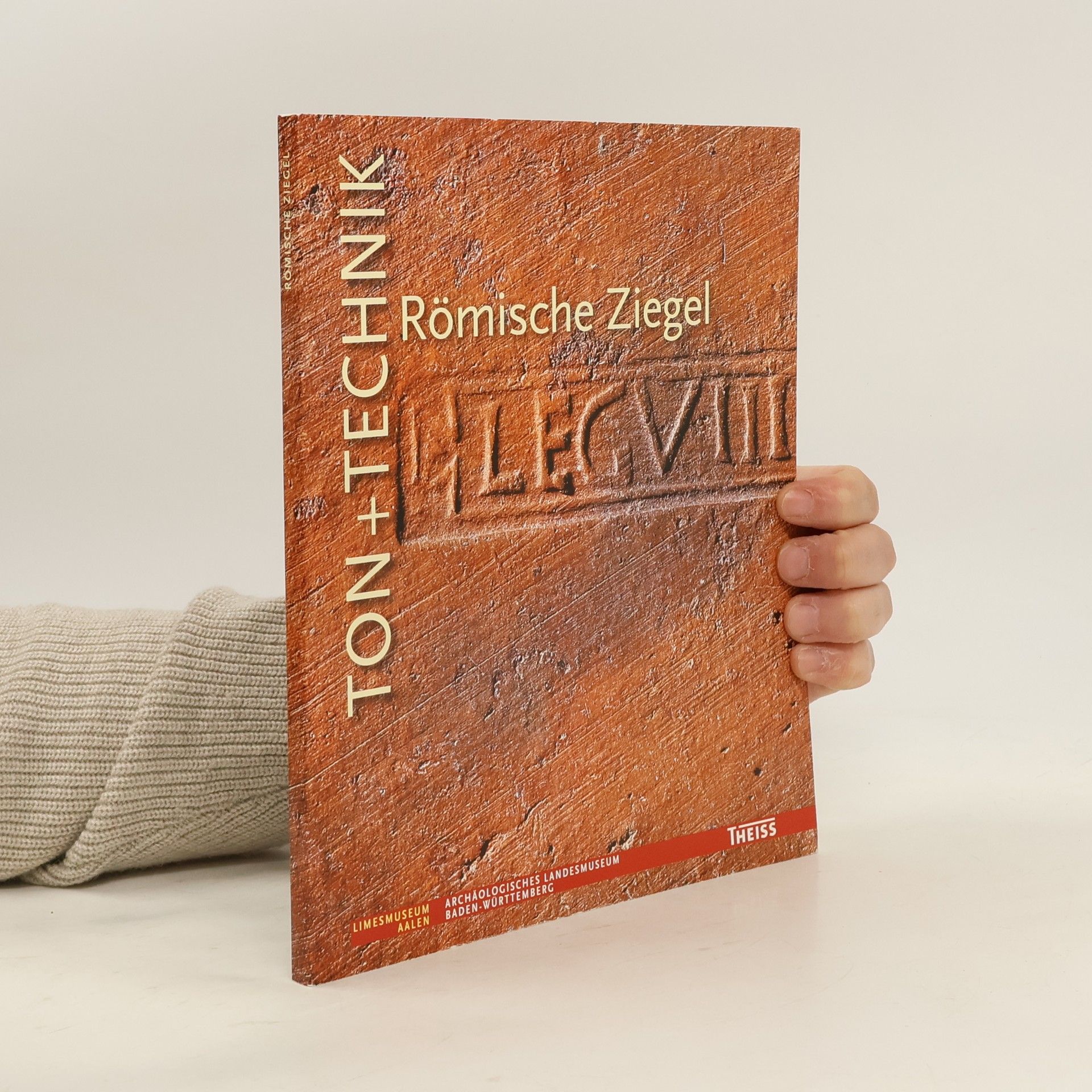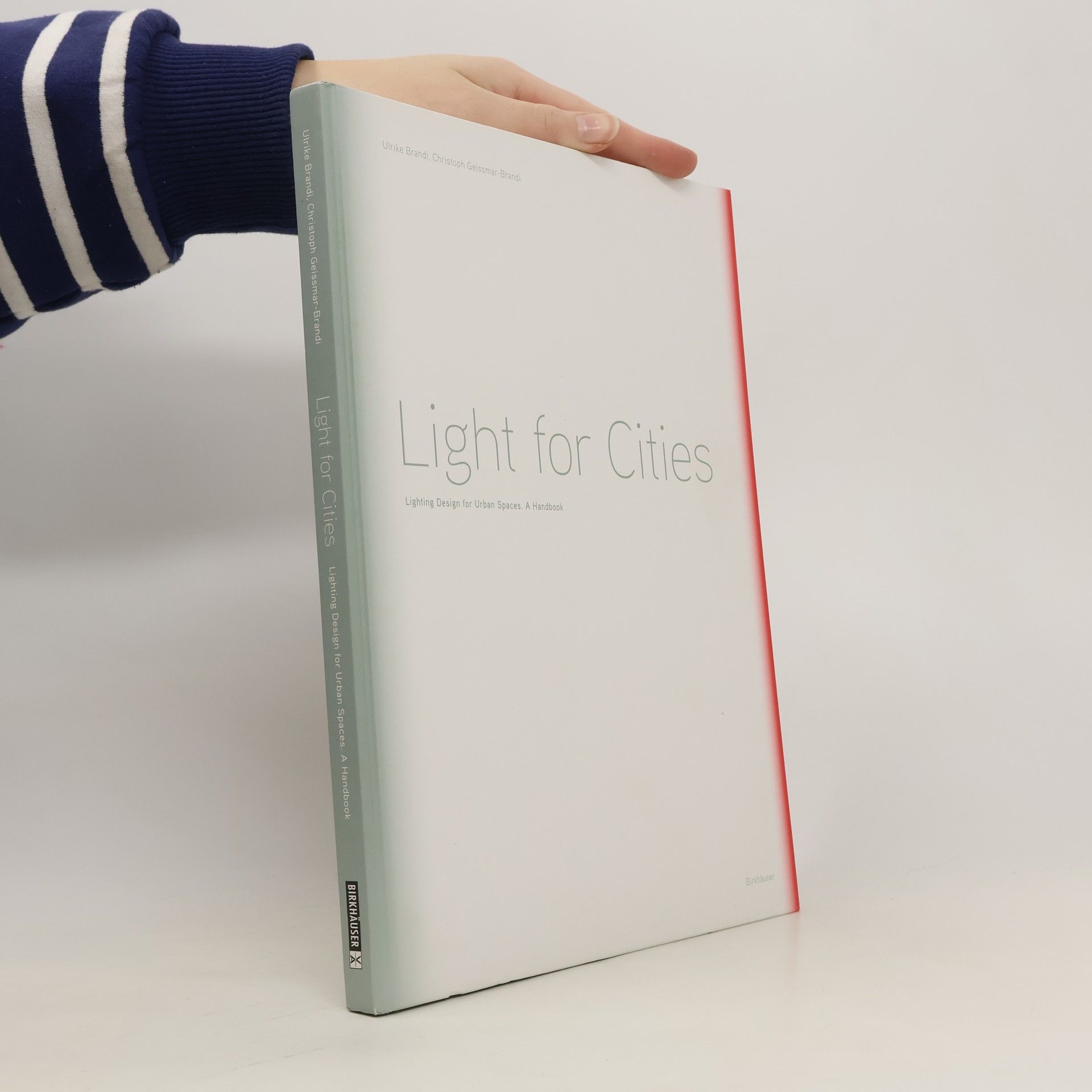Light, Nature, Architecture
A Guide to Holistic Lighting Design
In this planning guide, the renowned lighting designer Ulrike Brandi documents all her findings on the topics of lighting design, daylight, sustainability and healthy living spaces. It is a challenge to create holistic lighting design in times of advancing mechanization, but it is the right thing to do in terms of achieving sustainability in the use of light and energy. The renowned lighting designer Ulrike Brandi explains this attitude with the words, “It’s better to make the most of natural light from the start, rather than compensating with artificial light afterwards”. The guideline Light Nature Architecture proves how essential, but also simple, it is to integrate natural light into architectural planning and thus into the design of healthy and pleasant living and working environments. This richly illustrated handbook is structured based on natural light phenomena and combines Ulrike Brandi’s wealth of experience, theoretical principles, and design methods to create a reference work and source of inspiration. Richly illustrated basic work for holistic lighting design Insight into the extensive practical experience and the individual approach of the renowned lighting designer Ulrike Brandi Source of inspiration for professional planners, architects and laypeople Available in English and German (Licht Natur Architektur, ISBN 9783035624083)


